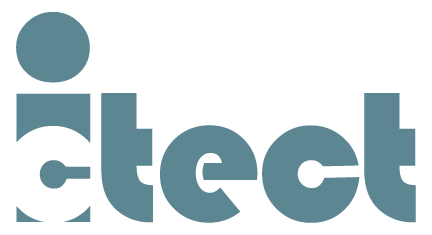

The World Bank uses Intelligent Content Technology to Implement Process Transparency
The World Bank
external linkSize
10,000+ employeesIndustry
FinanceLocation
US/Washington, DCThe World Bank is a leading international financial organization (“The Bank”) needed a system to publish its process documents in support of its position with transparency of processes. These process documents refer to some complex processes, and the Bank wanted intuitive and easy to navigate map-style, web-based publications.The stakeholders,who understood these processes, were comfortable working in Microsoft® Word and Visio. The Bank implemented a pilot system that enabled the content contributors to write the content in Microsoft® Word and publish it in an intuitive style. By implementing the system, the Bank reduced to time to publishing and put IT architecture in support of its transparency policy.

Intelligent Content Architecture for Process Documents
Business Situation
The World Bank is an international financial organization, headquartered in Washington, DC is a vital source of financial and technical assistance to developing countries around the world. In late 2005, the US corporate world was undergoing Sarbanes-Oxley Compliance (SOX), and publicly traded companies had stringent requirements to implement transparent and auditable financial processes. While The Bank was not required to comply with SOX-requirements, it decided to march ahead with an internal SOX-like compliance initiative, as it would lead to improved corporate governance. As part of this initiative, the Bank decided to publish its process flow information accurately, and with a visual map so that various stakeholders could know exactly where things were in the process via a self-service online portal.
The Bank employed several financial writers who interviewed financial analysts and other stakeholders to prepare Process Flow Documents. The process flow documents consisted of a Visual Map of the process, and a Narrative document. The interviewers collected this information in Microsoft® Word and in SigmaFlow, a process documentation tool. The Bank employed a Vignette Web-content management system called e-Publish for all its websites, and the Process Flow information was also expected to be published from e-Publish.
However, the gap between information collection and web-publishing was too large. After the authors finalized the information, it was then processed by shared services staff, who needed to go back to the authors and sometimes the financial analysts to get clarifications. Due to the different formats used in the different stages of the content, and people operating from several countries, the process was cumbersome, error-prone and time-consuming. The Bank sought to streamline the process and reduce the gap from initiation to publication.
The Solution
After significant internal reviews, the Bank’s project team came to the conclusion that the objectives can be achieved if
- All stakeholders could use the same platforms, that is Microsoft® Word and Visio, and
- Content generated from it could be published directly from the e-Publishing server
The Bank’s project and IT teams needed “Save Process Flow Document” and “Save Process Flow Diagram” buttons in Microsoft® Word and Visio, which would save the information directly to the e-Publishing system. However, saving as HTML was not sufficient due to the linked nature of Word and Visio content, and due to the complex publishing and styling requirements of the Bank. The Bank needed an Intelligent Content Architecture.
The Bank commenced a pilot project to use XML in this initiative. The logic was that by using XML, links could be preserved, and the Bank’s style guide could be easily applied to the content. However, it became clear to the project team that storage and management of the XML content was also necessary, and therefore a MarkLogic XML Server was utilized.
The project team developed an XML Schema to model the Process Flow Document for governing documents and visuals. Using the Intelligent Content Plug-In, “Save Process Flow XML” buttons were provided, which enabled the Bank’s staff to save the document to MarkLogic server. From MarkLogic server, the content was styled and published to the Vignette e-Publish Webserver.
Benefits
With a platform based on Microsoft® Word, Visio and Intelligent Content Plug-In, the Bank realized the following benefits:
- educed Time to Publishing: By streamlining the preparation of the process flow content in Word and Visio, and by connecting it directly to the MarkLogic and e-Publish servers, the Bank’s employees were able to publish the documents faster.
- Architecture to Support Process Transparency: The documents were published to accurately display the stages in various processes, in support of the Bank’s decision to make its processes transparent.
About this Case Study
Copyright © 2008 ictect,inc. All rights reserved. icPlugIn, “Intelligent Content Plug-In”, “the intelligent content company”, and “intelligent content architecture” are trademarks or registered trademarks of ictect, inc. All other product and/or company names mentioned herein may be trademarks of their respective holders. ictect, inc. does not endorse any of the products or technologies referred in the case study, except for Intelligent Content Plug-In. The customer organization does not endorse any technologies referred in this case study. This case study is for informational purposes only. ictect, inc. makes no warranties, express or implied, in this case study.
Please contact info@ictect.com regarding any questions about this case study.
Publication History
First Publication: September 2008

